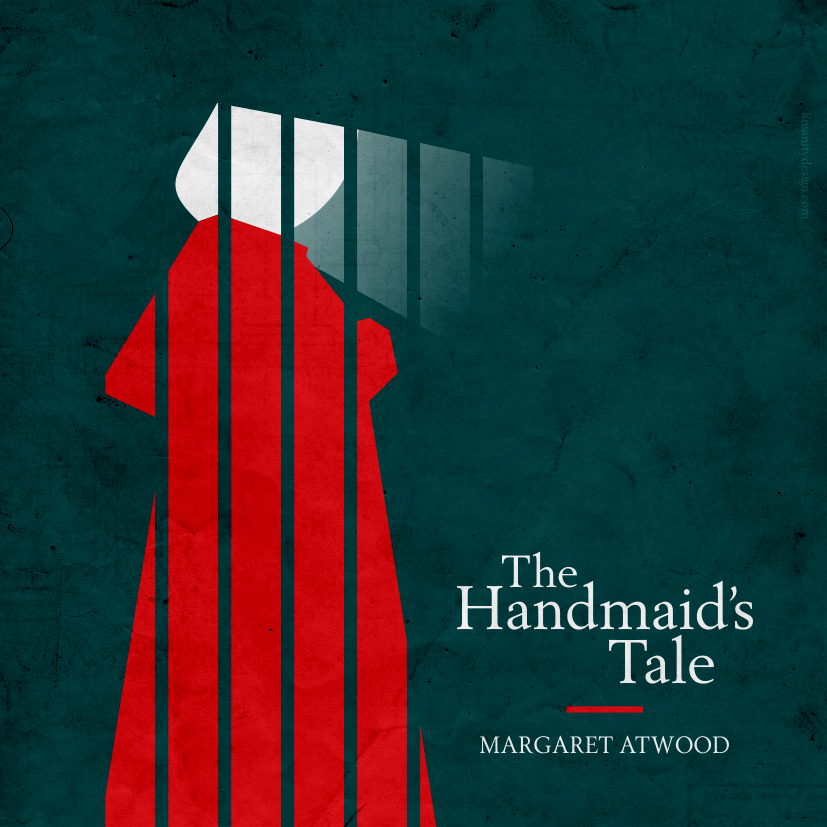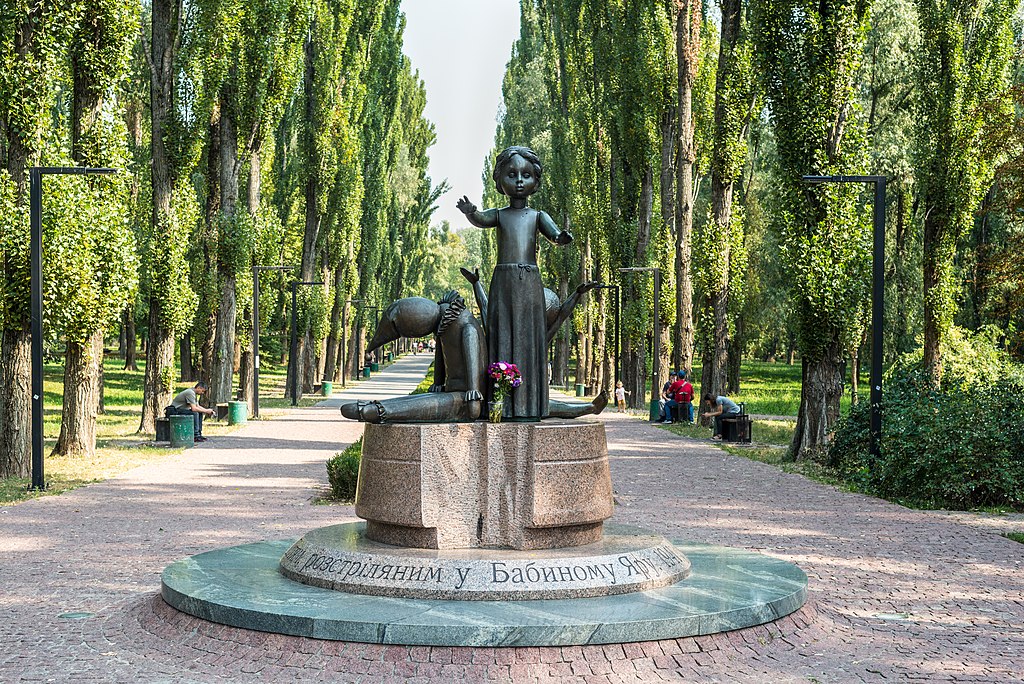
Many, many things will be written about the papacy of Benedict XVI in the coming days (as a good summary of Ratzinger’s reign, I’d highly recommend this from John Hooper).
For me, it’s worth noting, briefly, Joseph Ratzinger’s historic association with Vatican censorship.
Previous to becoming Pope in 2005, Ratzinger had been head of the Congregation of the Doctrine of the Faith — previously known as the Holy Office, and before that the Sacred Congregation of the Inquisition (bear with me).
The Holy Office had, in 1917, absorbed the Sacred Congregation of the Index. This was the body responsible for the maintenance of the Index Librorum Prohibitorum — the list of books and authors the Vatican prohibited Catholics from reading. This list, started after approval at the Council of Trent in the 16th century, contained authors from Giordano Bruno to Jean Paul Satre.
The Index was last updated in 1948. It’s very existence became an issue for debate during the discussions of the Second Vatican Council.
One of the main proponents of retaining the Index of banned books was Cardinal Frings, formerly the Archbishop of Cologne. Frings’s “Peritus” (theological consultant) during Vatican Two was Joseph Ratzinger. Frings and Ratzinger failed, and the Index Librorum Prohibitorum was abolished in 1966.
A few years later, when trying to think of a name for a new magazine documenting censorship around the world, poet Stephen Spender, journalist Michael Scammell and others settled, with an ironic nod to Rome, on “Index“.
And here we are today.




